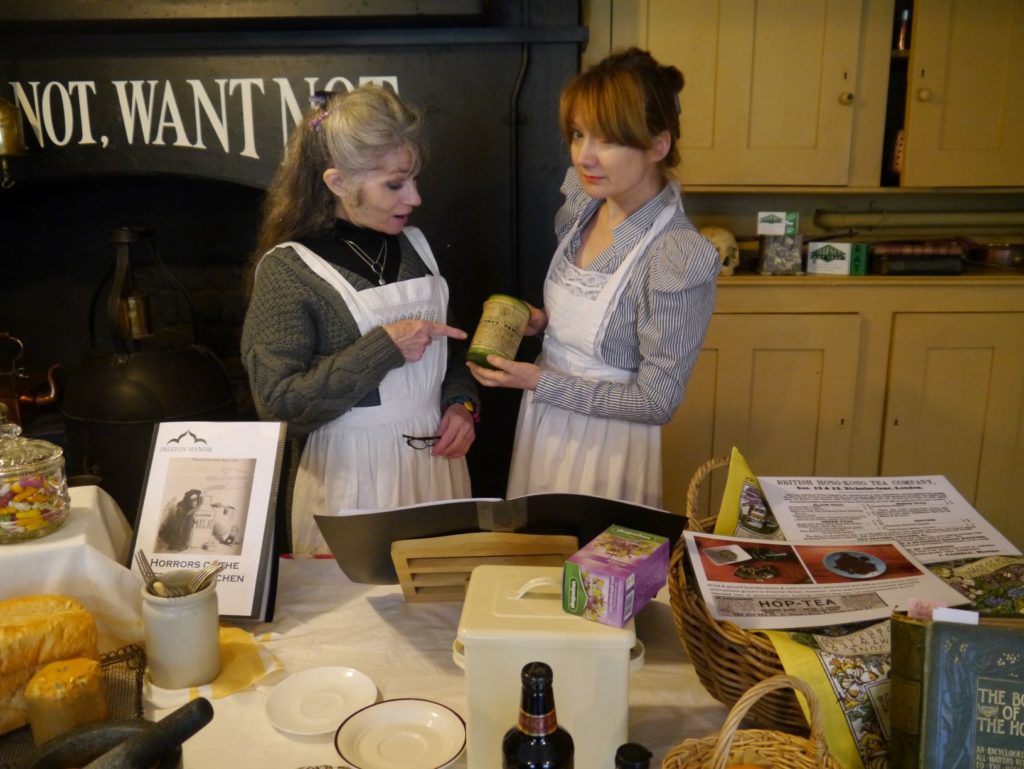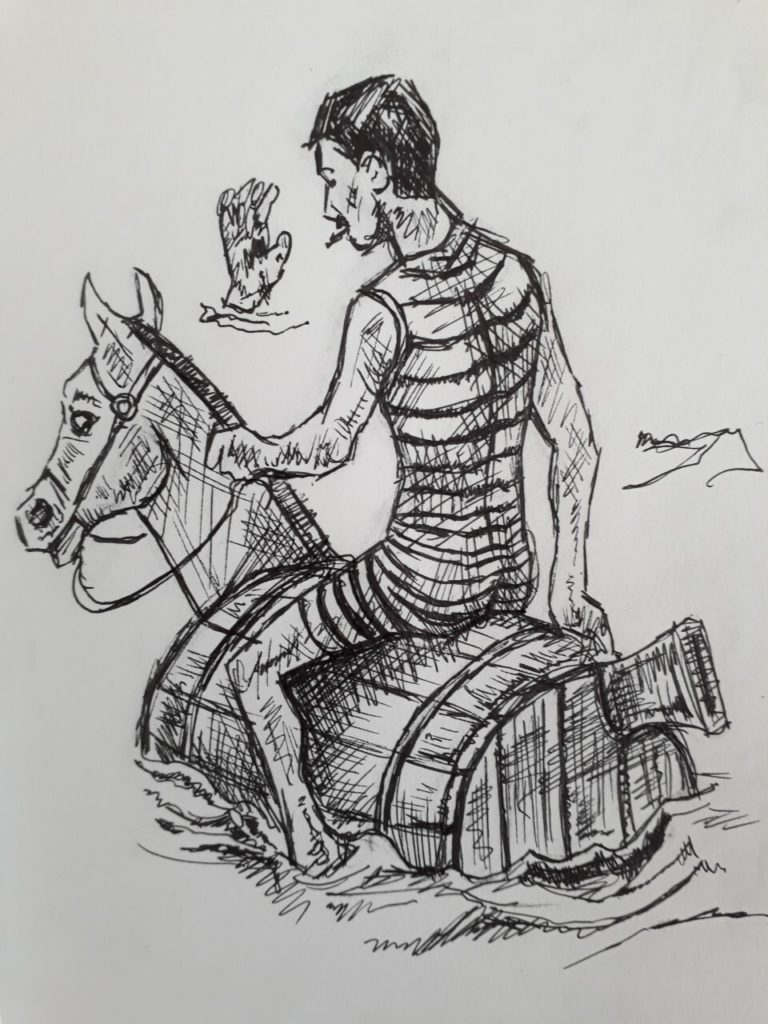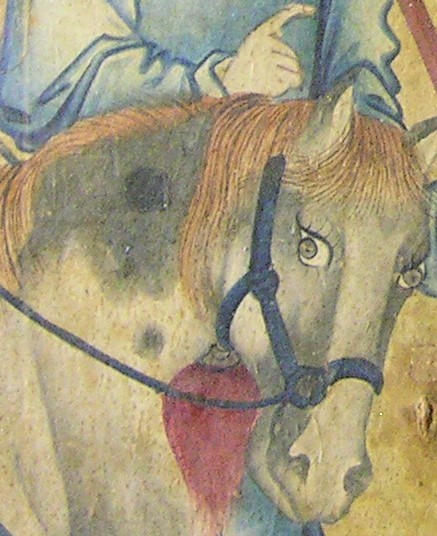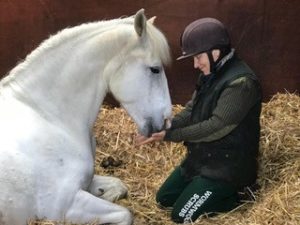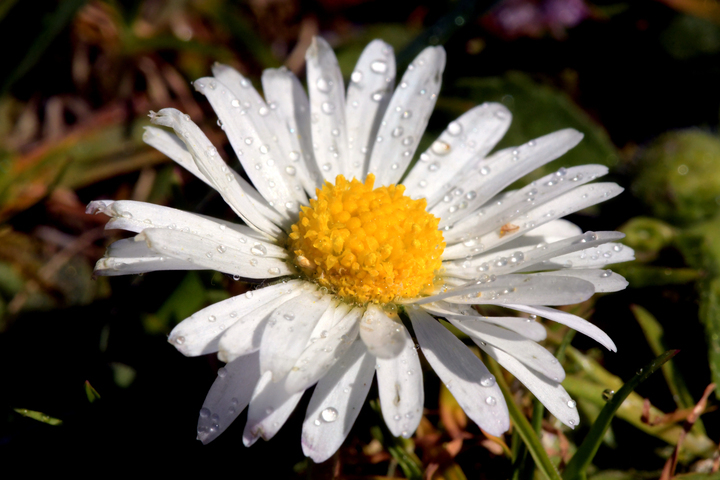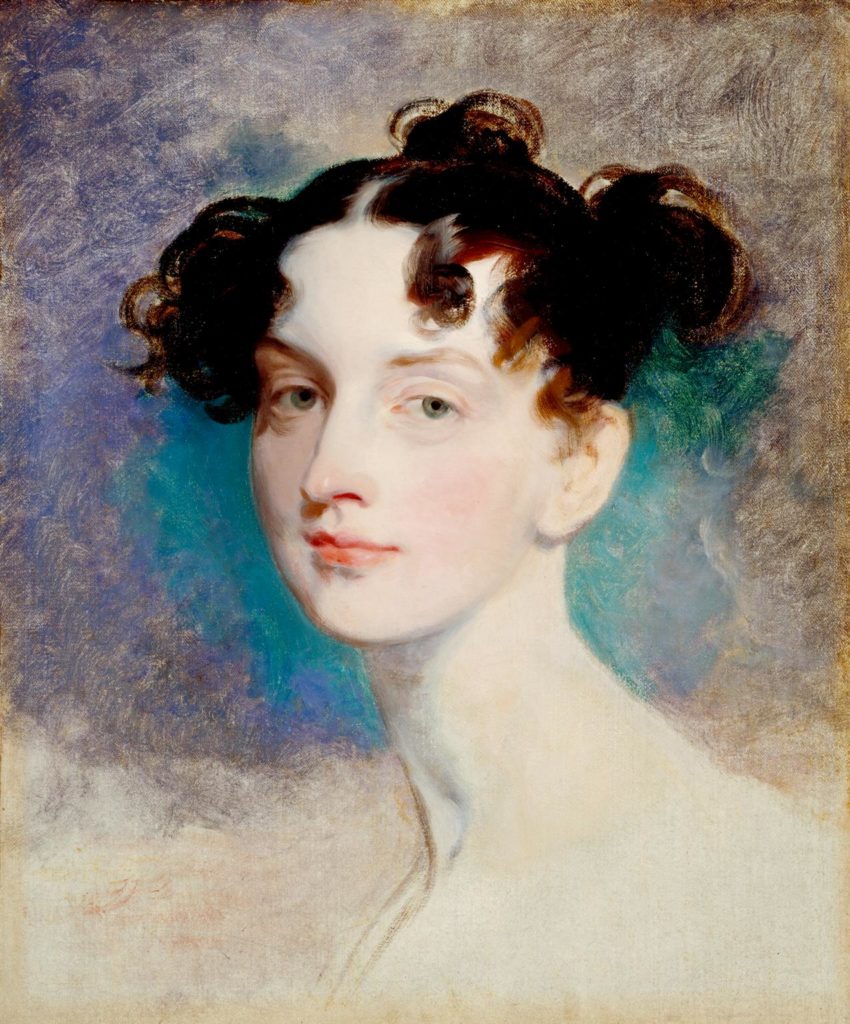
This is a legacy story from an earlier version of our website. It may contain some formatting issues and broken links.
Katharina Alexandra Dorothea von Lieven (1785-1857), nee Benckendorff, later Princess Lieven, was one of the most illustrious, influential and charismatic women in early 19th century Europe and Russia, and a witty commentator on Georgian life.

Princess Lieven (?1812-20) by Sir Thomas Lawrence © Tate; Photo © Tate, under a CC BY-NC-ND licence https://www.tate.org.uk/art/artworks/lawrence-princess-lieven-n00893
Born into Livonian (modern-day Latvian) nobility, she was educated in St Petersburg, and in 1800, aged only sixteen, married the General Count (later Prince) Christoph von Lieven. Her husband was the Russian ambassador in London in between 1812 and 1834 and the couple spent most of this time in London, with the aim of improving relations between Russia and Britain. This placed Dorothea at the epicentre of Britain’s royal and political life, and she was on close terms with many important figures of Georgian society. She was popular, sharp-tongued, flirtatious, developed a flair for politics, and is known to have had several affairs with statesmen, diplomats and perhaps even the Prince Regent (although this has not been confirmed). Her parties and salons were legendary, and in 1814 she was the first foreigner to be elected a patroness of the famous Almack’s Assembly Rooms in King’s Street, St. James, London, where she delighted guests with the introduction of the German waltz, then considered a rather promiscuous way of dancing.
Her diplomatic skills were noticed and admired. In 1825 Tsar Alexander quipped: ‘It is a pity Countess Lieven wears skirt […] she would have made an excellent diplomat.’ Tall and skinny, with a long neck, she was nicknamed by some ‘the swan’ or ‘the giraffe’, and portrayed by court painter Sir Thomas Lawrence, who may have exaggerated her neck slightly in a surviving sketch in the collection of Tate (see above).

This print may show Princess Lieven dancing at the Almack Assembly Rooms in London. George Cruikshank: Longitude & Latitude of St Petersburgh (1813) © The Trustees of the British Museum, under a CC BY-NC-SA license https://www.britishmuseum.org/collection/object/P_1859-0316-62
Dorothea was a regular visitor at the Prince Regent’s Carlton House in London, the Royal Lodge at Windsor, and – most excitingly for us – the Royal Pavilion. She visited Brighton several times in her life and has left us illuminating descriptions of life at the Pavilion in the crucial period between 1820 and 1822. During this time George III died, the Prince Regent became King and was eventually crowned, his estranged wife Caroline’s trial took place, he undertook his only continental journey (to Hanover), and the Pavilion was undergoing its most significant transformation, under the architect John Nash and interior decorators Frederick Crace and Robert Jones. She clearly liked Brighton, stating in April 1821 that ‘The life I lead here is so completely different from my life in London… I rest – my existence is completely sensuous’.

George IV having a good time under his mistress Lady Conyngham’s petticoats. Caricature by William Elmes, 1820.
Princess Lieven’s descriptions of George, his mistresses – in particular Lady Conyngham – and life at the Royal Pavilion are especially revealing and fascinating because they are so highly personal. They come in the form of romantic, intimate letters to her long-term lover Prince Paul Metternich, Chancellor of the Austrian Empire, whom she had first met in Aix-la-Chapelle in 1818. Luckily, Metternich returned the letters, which were mostly written in French, to her in 1827, when he married his second wife Marie-Antoinette von Leykam. Princess Lieven considered them worth saving, as an insight into a fascinating period in European history. They were first published in English translation in 1937, and to me they contain some of the most amusing, astute, sometimes fanciful observations of George and the Pavilion in the 1820s. In these letters Lieven often reports whole conversations that took place in the Pavilion verbatim.
What did George make of Princess Lieven? It seems that he was smitten, as he often included her in intimate gatherings, invited her to dinners, and was not afraid to display melodramatic outpourings of emotions in her presence. If we can believe Lieven, he was often in very talkative mood when they met, and on more than one occasion she claims that she had to bite her lips so as not to burst out laughing. However, she was clearly careful to flatter him. She reports him as saying ‘My dear I’m no ordinary man; and – as for you – you’ve more intelligence in your little finger than all my subjects put together.’
Here are some of Princess Lieven’s best bits about George and the Pavilion, cited from her letters to Metternich:
Chatty King George [13 December 1821]:
‘The King is in a more talkative mood than ever…Yesterday, he was on the subject of high politics – I wish I could remember his ideas and the order in which he gave them. I know that three times I bit my lip so as not to laugh, so that I ended up eating all the orange-peel I could find, so as to give my mouth something to do to hide its twitching if the danger grew too great.’
George living in a ‘parrot’s cage’ [19 March 1820]:
‘The King occupies a little house two hundred yards from his palace, or pavilion, or Kremlin, or mosque – for it bears all these names and deserves them – quite alone, without means of receiving anybody, since his lodging is no bigger than a parrot’s cage.’ This ‘little house’ is now North Gate House, where George frequently stayed while building work was going on in the Pavilion. It was also the home of his mistress Lady Conyngham.
On the decadent and intoxicating atmosphere at the Pavilion [26 January 1822]:
‘I do not believe that, since the days of Heliogabalus, there have been such magnificence and such luxury. There is something effeminate in it which is disgusting. One spends the evening half-lying on cushions; the lights are dazzling; there are perfumes, music, liqueurs…’. She reports that the Duke of Wellington’s reaction to this decadence was ‘Devil take me, I think I must have got into bad company.’

The Banqueting Room of Royal Pavilion in c 1823, with the dragon chandelier
The cost of the whimsical Royal Pavilion [27 October 1820]:
Lieven famously said that the Banqueting Room dragon chandelier cost £11,000. This was an exaggeration, as it cost “only” £5,613. She probably included the costs of the other lights in the room:
‘We were shown a chandelier which cost eleven thousand pound sterling – I write it out in full as it is really incredible. The chandelier is in the form of a tulip held by a dragon. I send you a bad, but faithful engraving of the King’s palace here. How can one describe such a piece of architecture? The style is a mixture of Moorish, Tartar, Gothic and Chinese, all in stone and iron. It is a whim which has already cost £700,000; and it is still not fit to live in.’

An 1820s print showing the Royal Pavilion, from James Rouse’s The Beauties and Antiquities of the County of Sussex
We must thank Princess Lieven for her sharp tongue, her love of gossip, her observant character, her wit, and her fearlessness. Without her, we would not have such an intimate insight into George’s character and life at the Pavilion in its heyday.
What became of Dorothea von Lieven?
Despite her numerous liaisons, the marriage of Dorothea and Christoph von Lieven was considered a successful one. They had six children, several of which died young. In 1834 the Lievens left London as they were recalled by the Emperor of Russia, Nicholas I, to St Petersburg. Christoph died suddenly in Rome in 1839, while accompanying the future Alexander II of Russia on his Grand Tour. Shortly before, Dorothea had relocated to Paris, where she spent the last two decades of her life, still entertaining and observing high society, still holding salons, and still having affairs. She died at her home in Paris in 1857 and is buried at the Lieven family estate in Mežotne, Latvia.
Alexandra Loske, Royal Pavilion Curator
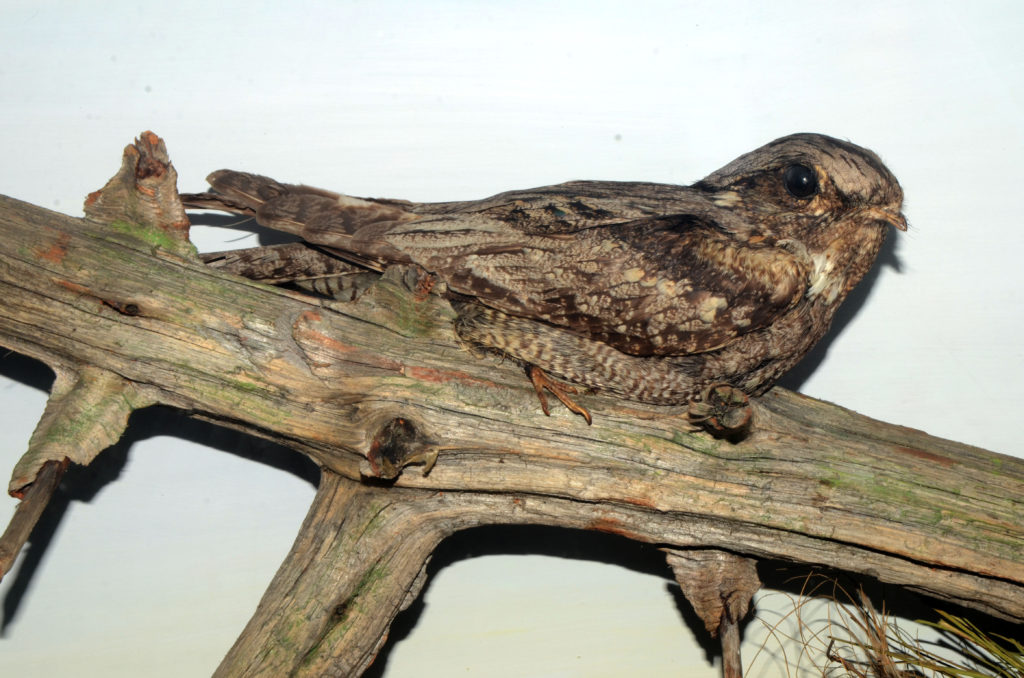





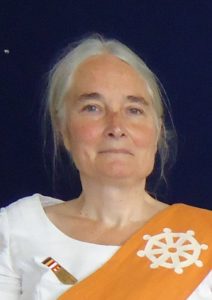




 Saturday 20 June:
Saturday 20 June: 


